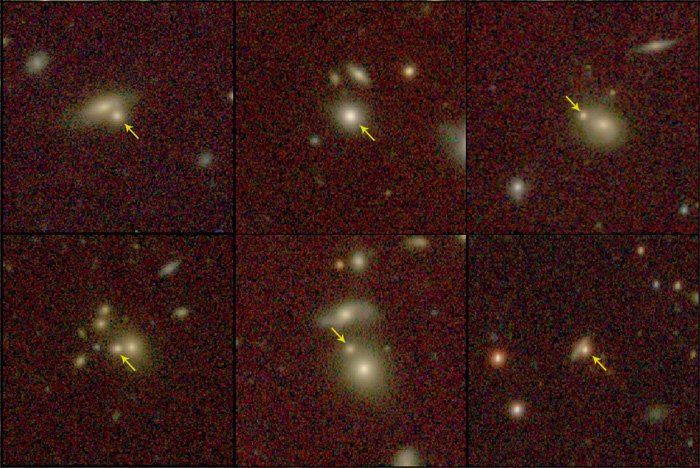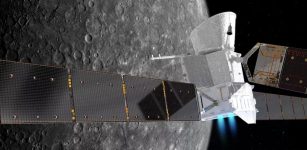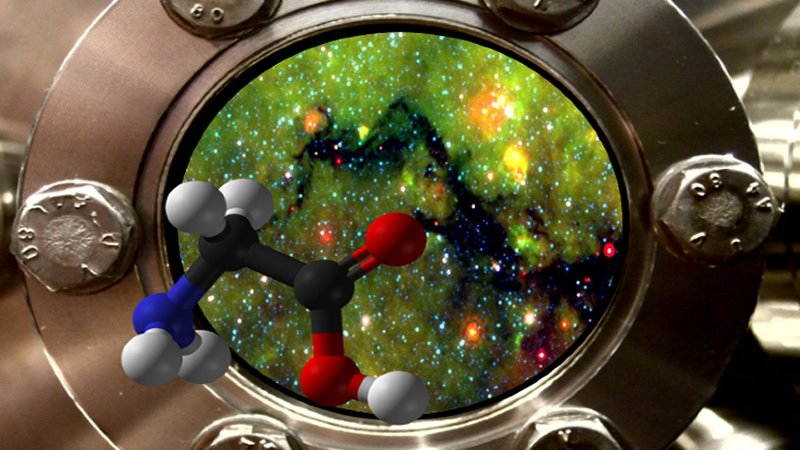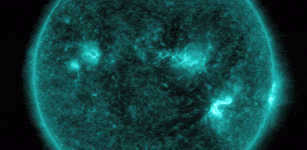Secrets Of Massive Ultracompact Galaxies – How They Form And Evolve
MessageToEagle.com – Massive ultracompact galaxies are very small and extremely rare, but may hold the secrets of how galaxies form and evolve.
They have several times more stars than our Milky Way, more than the equivalent to 80 billion suns, and thus are very bright, but their stars are densely packed within a size much smaller than our galaxy’s.

Now, a new set of 29 galaxies with these properties has been identified in the local Universe by an international team researchers led by Fernando Buitrago of Instituto de Astrofísica e Ciências do Espaço (IA2) and Faculdade de Ciências da Universidade de Lisboa (FCUL.
The objects are located at distances between two and five billion light-years from Earth.
“When you study very small objects and you study them in the far away Universe, it is very hard to tell anything about them,” , Buitrago said in a press release.
“As this sample of galaxies we studied is in the nearby Universe and relatively close to us, even being truly small, we have a better chance of probing them.”
Seven of these shy heavy weights are actually primordial galaxies that remained untouched by others since their formation, more than ten billion years ago. These so-called relic galaxies open windows onto how galaxies looked like and were in the early ages of the Universe, although they are in our galactic neighborhood.
“They are so rare that we need roughly a volume with nearly 500 million light-years across to find a single one of them,” says Ignacio Ferreras, the second author of the study, who determined the ages of the stars in the galaxies, separating the redder and older relic galaxies from the bluer and younger.
However, how these galaxies survived without being merged with others, it must be further researched. It is also important to investigate their evolution process in overly populated clusters of galaxies.
“In a place where there are many galaxies, there is also a lot of gravitational pull and the velocities of the galaxies are very high. Thus, the galaxies pass by each other without enough time to interact significantly,” Buitrago explained.
In this study, the researchers tried to measure some of the properties of these objects, such as their sizes and ages, but it is still much more to determine to better understand these galaxies’ past history, places where they live in and their relative positions in space.
“Massive galaxies evolve in an accelerated way when compared to other galaxies in the Universe. By understanding the properties of the most massive galaxies, we could understand the eventual fate of all the other galaxies, including our own Milky Way,” Fernando Buitrago said
MessageToEagle.com










